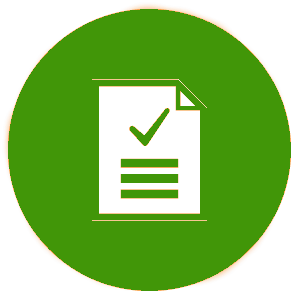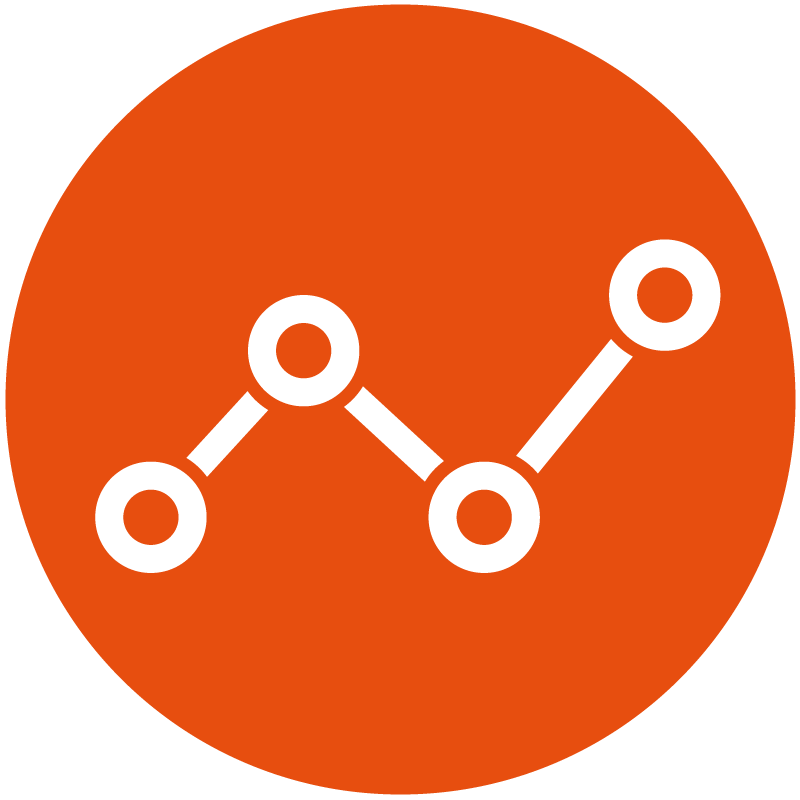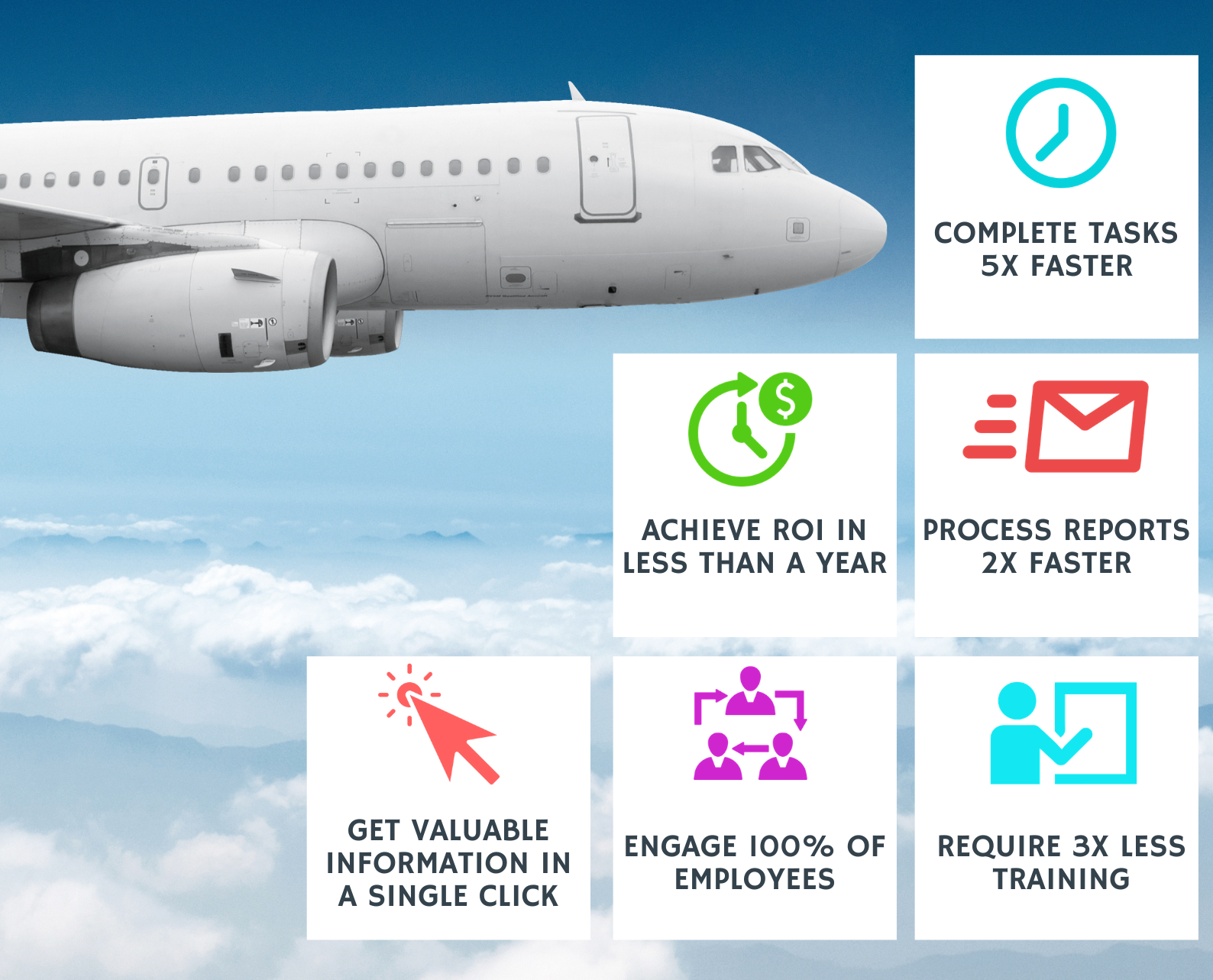ProSafeT's SMS Platform

Safety Reporting
ProSafeT’s Safety Reporting Module provides a platform for airline employees, including Flight Crew, Maintenance, Dispatch, and Ground Staff, to voluntarily submit safety reports in a seamless manner. Report types include but are not limited to Incident, Fatigue, LOSA and ASAP.

Safety Assurance
ProSafeT’s Safety Assurance Module provides a platform for performing Audits, Evaluations, Investigations, and Inspections. Each of the four elements can be associated with respective Findings, Corrective Actions, and Recommendations to streamline processes and improve organizational efficiencies.

Safety Risk Management
ProSafeT’s Safety Risk Management Module provides a platform that allows the user to create, manage, and act on Safety Risk Assessments (SRA), enabling carriers to identify and assess air operations risks while maintaining the highest degree of safety.

Safety Promotion
ProSafeT’s Safety Promotion Module provides a platform for the creation and distribution of safety newsletters and surveys. The Module facilitates enhancement of organizational safety awareness and safety policy familiarity, enforcing a strong safety culture.
ProSafeT’s solution is the best-in-class Safety, Audit, and Quality Management platform that covers all business lines, including scheduled service, charter operations, cargo operations, ground handling and MRO. ProSafeT includes Safety, Audits, and Quality Management processes in entirety with complete workflow and sharing of data, which allows for seamless interconnectivity between departments. Our platform covers all elements of a well executed SMS.
Our platform has been developed with cutting edge technology. The ProSafeT platform allows users to capture and distribute real-time, actionable information, while proactively detecting and addressing safety concerns. ProSafeT's modular platform will allow airlines to monitor all safety concerns in a central location with real-time visibility of SMS data. Seamless integration between modules ensures efficiency, eliminates duplication of efforts and provides a closed-loop process for mitigating risks.
Intuitive and User Friendly Platform
ProSafeT's intuitive and dynamic interface promotes user empowerment, allowing admin-level users the flexibility to configure elements of the platform with minimum developer involvement. This ensures that the platform is structured to reflect the organization's specific workflow and business processes.




